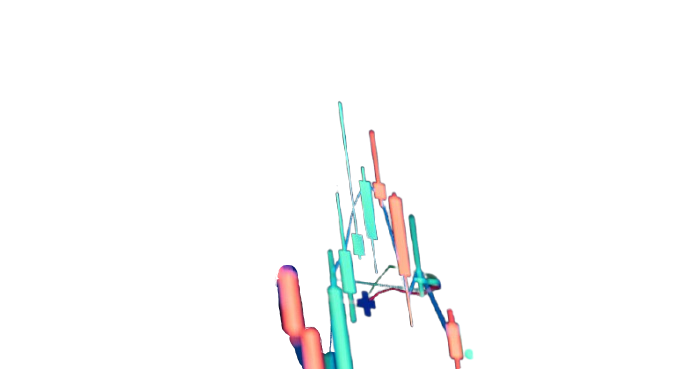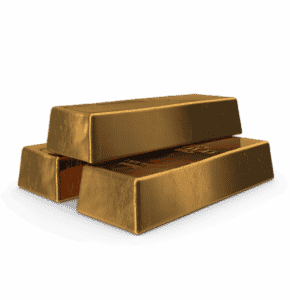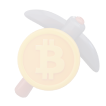Bullion Trading
Gold and Silver are still the most important precious metals in commodities trading. You could balance your portfolio in markets that have endured throughout human history.

Why Trade Bullion CFDs
-
Safe Haven
These markets can be great safe havens, when markets are fearful of a riskier market outlook, Gold and Silver often gain at price, as investors look for a flight to quality.
-
Long Trading History
Some of the oldest traded markets, the Gold and Silver markets have been around since biblical times, with these precious metals valued by humans into pre-history.
-
Balanced Portfolio
Trading or investing in Bullion allows for a more balanced overall portfolio.

Precious Metals Trading Conditions
| Symbol | Spread |
|---|---|
| XAGUSD | 0.03000 |
| XAUUSD | 0.34000 |
Conditions content goes here. Replace this with your actual conditions information.
Swaps content goes here. Replace this with your actual swaps information.
Trading Hours content goes here. Replace this with your actual trading hours information.

You can start gold trading by:
- Create a live trading account
- Choose which underlying gold market you want to trade
- Open your first position
- Monitor your trade using technical and fundamental analysis
Alternatively, read our A Beginners Guide on How to Trade Gold.
Yes, you can trade silver on MT4. Trading silver with Hantec Markets on MT4 is done by trading silver CFDs.
Contracts for difference (CFDs) allow you to speculate on the direction of the silver price without owning the metal or taking a position in stocks or funds.
In the long-term Gold prices are a matter of demand and supply, but for trading purposes, in the short-term, it’s the demand side that is most influential.
What causes the demand for Gold to rise and fall?
- Wealth protection, the flight to quality: In times of uncertainty and potentially higher risks to the global economy, investors and traders look for safe-haven financial assets to protect their portfolios. Safe-haven assets include government bonds, but Gold is often seen as the ultimate safe-haven. In times of geopolitical turmoil, when the returns on stocks, bonds, or real estate are seen to be at risk, investors and traders look to buy Gold. This triggers an increase in Gold demand and, therefore, its price.
- The value of the US Dollar: As with most global commodities, Gold is quoted and traded primarily in US Dollars. The price of Gold is, therefore, generally inversely correlated to the value of the US Dollar. All else being equal, a weaker US Dollar would support the gold price and probably drive it higher. A stronger US Dollar would tend to keep the gold price lower.
- Inflation correlation: When long-term statistics are analysed, higher levels of inflation have typically coincided with higher gold prices. This was certainly true during the period of global inflation in the 1970s, which also saw a surge in the price of Gold.
However, this correlation is not necessarily valid in the short-term and can shift over time.
There are now many different buyers and sellers participating in gold markets. The main drivers include jewellery demand, investment demand, central bank demand, and demand from technology manufacturers.
Most Gold is simply recycled from current stock, but the total supply is increasing over time. Gold is mined all over the world, with China now one of the largest producers. It is estimated that the total amount of Gold mined and above ground in 2017 was over 190K tonnes.
There are various ways to invest in physical Gold and own the precious metal. These include buying coins, ingots and bars. However, in forex, we look at how traders can access and trade Gold on a short-term timeframe.
These actions are done mainly via Exchange Traded Funds (ETFs) and Contracts for Difference (CFDs).
Similar to Gold, Silver has been a metal of value for humans from prehistory to the present day, and has been used as a form of money for thousands of years. The UK Pound Sterling takes its name from the fact that it was initially equal to one pound (lb.) of sterling silver. Silver also has historical context as a form of money and for use as jewellery, but it has far more industrial applications than Gold. These include electronics, photography, chemical equipment, and for use as a chemical catalyst.
Gold and Silver can both be traded on Hantec Markets as Contracts for Difference (CFD), and as with any trading, you’ll be looking to buy low and/ or sell high.
The decision to buy or to sell can be derived from either fundamental or technical analysis and should be part of a trading strategy that you’ve already tried and tested. Opening a demo account to refine a trading plan for gold and silver CFDs is highly recommended.
As a trader, you should have a good understanding of the influences on the bullion market you want to trade-in. You should also build a robust trading plan and set strict risk limits. You should establish an exit stop and look to constrain any losses to within predefined limits.
Bid
The rate at which you can sell the base currency, in our case it’s the Euro, and buy the quote currency, i.e the Japanese Yen.
Ask (or Offer)
The rate at which you can buy the base currency, in our case the British Pound, and sell the quoted currency, i.e. the Japanese Yen.
Spreads
The difference between the Bid and the Ask prices.
Currency rate
The value of one currency expressed in terms of another. Its fluctuation depends on numerous factors including the supply and demand on the market and/or open market operations by a government or by a central bank.
Lot
Usually, the contract size is based on a lot system, and for most currency pairs 1 lot is 100,000 units of a base currency.
Pip
Minimum rate fluctuation
Account types
Hantec Markets offer a variety of demo and live trading accounts,including Joint and Corporate accounts.

Precious Metals Trading: Related Articles




